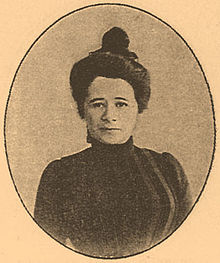
Symbolism was a late 19th-century art movement of French and Belgian origin in poetry and other arts seeking to represent absolute truths symbolically through language and metaphorical images, mainly as a reaction against naturalism and realism.

Jean Moréas was a Greek poet, essayist, and art critic, who wrote mostly in the French language but also in Greek during his youth.
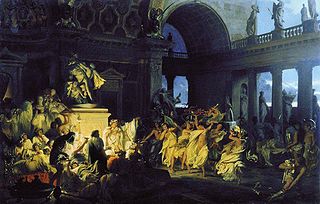
The word decadence refers to a late 19th century movement emphasizing the need for sensationalism, egocentricity; bizarre, artificial, perverse, and exotic sensations and experiences. By extension, it may refer to a decline in art, literature, science, technology, and work ethics, or to self-indulgent behavior.

Zinaida Nikolayevna Gippius or Hippius was a Russian poet, playwright, novelist, editor and religious thinker, one of the major figures in Russian symbolism. The story of her marriage to Dmitry Merezhkovsky, which lasted 52 years, is described in her unfinished book Dmitry Merezhkovsky.

Vyacheslav Ivanovich Ivanov was a Russian poet, playwright, Classicist, and senior literary and dramatic theorist of the Russian Symbolist movement. He was also a philosopher, translator, and literary critic.
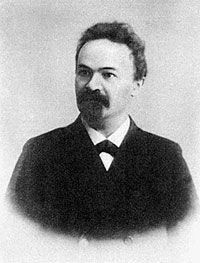
Nikolai Minsky and Nikolai Maksimovich Minsky are pseudonyms of Nikolai Maksimovich Vilenkin, a mystical writer and poet of the Silver Age of Russian Poetry.

The Decadent movement was a late 19th-century artistic and literary movement, centered in Western Europe, that followed an aesthetic ideology of excess and artificiality.

Isabelle Vengerova was a Russian, later American, pianist and music teacher.
The Symbolist Manifesto was published on 18 September 1886 in the French newspaper Le Figaro by the Greek-born poet and essayist Jean Moréas. It describes a new literary movement, an evolution from and rebellion against both romanticism and naturalism, and it asserts the name of Symbolism as not only the appropriate for that movement, but also uniquely reflective of how creative minds approach the creation of art.

Liubov Yakovlevna Gurevich was a Russian editor, translator, author, and critic. She has been described as "Russia's most important woman literary journalist." From 1894 to 1917 she was the publisher and chief editor of the monthly journal The Northern Herald, a leading Russian symbolist publication based in Saint Petersburg. The journal acted as a rallying-point for the Symbolists Dmitry Merezhkovsky, Zinaida Gippius, Fyodor Sologub, Nikolai Minsky, and Akim Volynsky.

Semyon Afanasievich Vengerov was the preeminent literary historian of Imperial Russia.
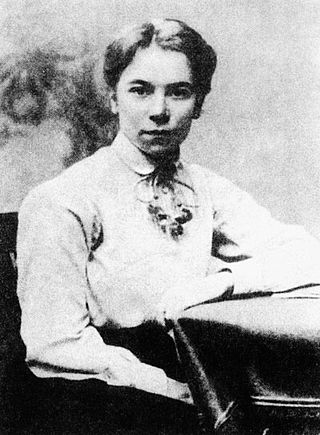
Elena Genrikhovna Matyushina was a Russian Futurist painter, playwright, poet, and fiction writer. Her career spanned the transitional period between Russian Symbolism and Futurism.

Vesy was a Russian symbolist magazine published in Moscow from 1904 to 1909, with the financial backing of philanthropist S. A. Polyakov. It was edited by the major symbolist writer Valery Bryusov.
Vladimir Ananievich Zlobin was a Russian symbolist poet and secretary for Zinaida Gippius.
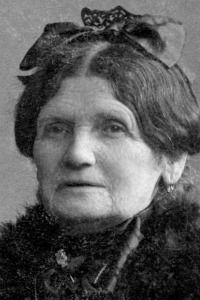
Pauline Wengeroff (1833–1916), born Pessele Epstein, was the author of a first-of-its kind memoir by a Jewish woman, in which she refracts a period in Jewish history—the emergence and unfolding of Jewish modernity in nineteenth-century Russian Poland—through the experience of women and families.

Yulia Slonimskaya Sazonova was a Russian-born writer, theater critic and historian, actress, and puppeteer. Fleeing Russia after the October Revolution, she moved to France and continued her craft. She wrote and performed marionette shows in Europe and was one of the most prolific women dance and theater critics of the first half of the twentieth century. When World War II broke out, she moved to Portugal and later the United States, before returning to Paris.

Gustav-Adolf Mossa was a French illustrator, playwright, essayist, curator and late Symbolist painter.

Polyxena Sergeyevna Solovyova was a Russian poet and illustrator. A Symbolist poet from the Silver Age of Russian Poetry, she won the Medal of Pushkin in 1908. She was the first person to translate Alice in Wonderland into the Russian language and was known for founding and illustrating the magazine and publishing house Тропинка ("Path") with her partner, Natalia Manaseina.

Olga Petit or Sophie Balachowsky-Petit was a Ukrainian-born, French lawyer. She is noted as the first woman to take the legal oath in France. She is also known for assisting emigres from Russian empire settling in the country after the Russian Revolution.
